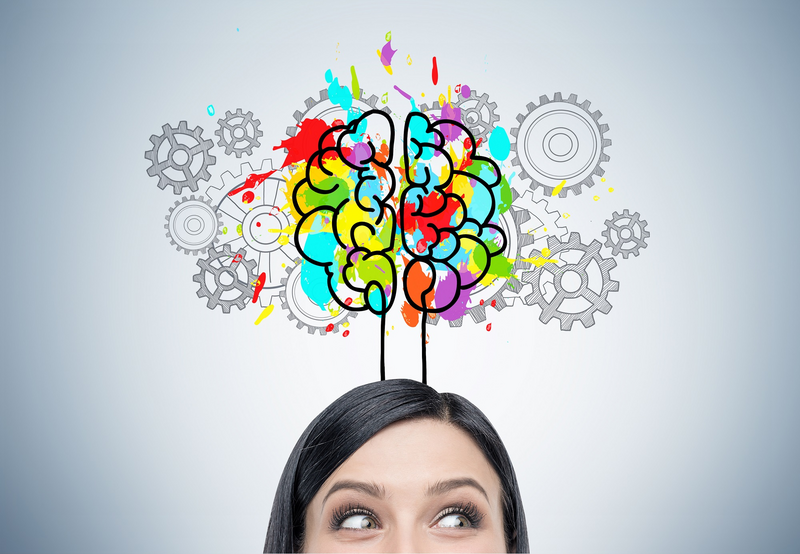ATD Blog
Harness the Power of Unlearning
Fri Aug 27 2021

Change is happening at an exponential rate. Volatility, uncertainty, complexity, and ambiguity—a term better known as VUCA and introduced by the military in 1987—has become our status quo. A shift in demographics within the labor market, rapid urbanization in developing countries, economic power shifts, technological evolution, the push for globalization, and the new reality of COVID-19 are changing the fundamental nature of the way humans work.
Amid the confusion, chaos, and adaption of change, we are quickly relearning much of what is common and familiar to us. We are experiencing agility and adaptability in its truest and most beautiful form, much of which can be attributed to our ability to learn and relearn. But to relearn, we must be willing to unlearn what is no longer relevant. So, what is unlearning, and how does it happen?
What Is Unlearning?
The simplest definition of unlearning is to overwrite or discard something from our mind. Unlearning involves the giving up or abandonment of knowledge, actions, or behaviors. It is not about forgetting; it is about the ability to choose an alternative mental model or paradigm.
When we learn, we add new skills or knowledge to what we already know. Most likely, you have experienced unlearning without realizing it. Each time you start a new job, you unlearn the dynamics and environment of your former job and relearn them in the context of your new one. When you travel to a foreign country, you unlearn and relearn local customs or laws. Think about every time you get a new mobile device or smartphone—there is always an unlearning curve and relearning curve as you navigate the new device, upgrade, or replace an existing function or feature. You adapt to the situation and establish a new mental model in accordance with the need.
The Three Steps of Unlearning
The process of unlearning has three steps.
First, you need to acknowledge that the old mental model has become obsolete or irrelevant. This step is the most difficult of all. The acknowledgement of change can trigger grief for what is no longer there. As we establish habits and behaviors, we start acting involuntarily, and it makes us unconscious of our mental models; moreover, people tend to ignore the fact that their habit, skill, or knowledge has become irrelevant. Acknowledging lapses in mental models can even trigger fear of losing jobs, reputations, and careers. To overcome this fear, stay open to new ideas and have a growth-oriented mindset (as established by American psychologist Carol Dweck).
Second, identify or create a new model or plan of action that helps you achieve the unlearning goal. For example, think of a software engineer who has mastered one coding language. Soon, he will find that the market has evolved and a new language is trending. If he ignores the trend and keeps his focus on that one language, his knowledge becomes obsolete. The engineer will need to develop a plan of action to unlearn his current skill set to include a new programming language.
Once you’ve identified the “problem” and “solution,” focus on the last and the most important step: ingraining the new habits. You may find it easier to fall back to your old habits, but if you focus on creating milestones and have S.M.A.R.T.—specific, measurable, attainable, realistic, time-based—goals, you will see your habits changing. By focusing on the new model and flooding your routine with newly designed actions, the process of learning something new will overwhelm and make extinct the old actions you wanted to unlearn.
Practicing unlearning will make it easier for you to be adaptable, and your brain will become tuned to adjust with the changes. The ability of the brain to change continuously is referred to as neuroplasticity by doctors and psychologists. As we learn (or unlearn), our brains become elastic. They develop new neurotic connections, recognize new stimuli, and start acting accordingly.
Unlearning Is the Future
As we are seeing today with the global response to COVID-19, our ability to adapt to change is imperative for survival. The most successful companies and employees will be the ones who learn, unlearn, and relearn. Computers, AI systems, robotics, and other machines are easily programmed to unlearn and relearn through coding. Human workers need to do the same to future-ready and stay relevant.
More from ATD


